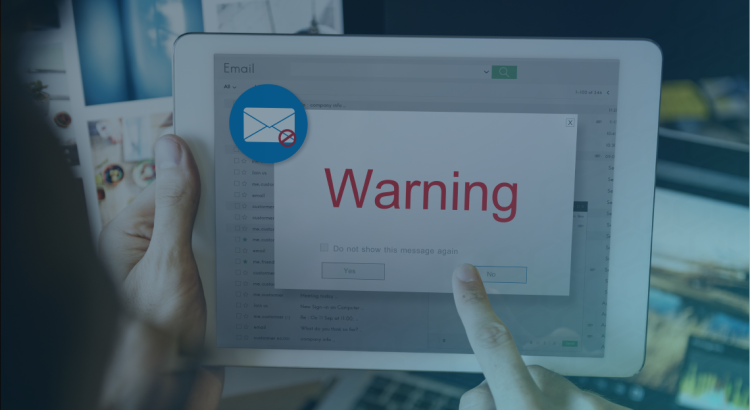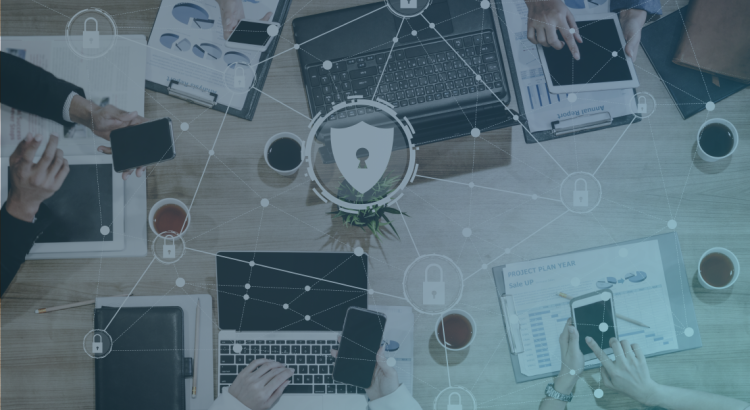For many organizations, large and small, having a system in place to preserve emails is critical. How would you know if important emails are being deleted at this very moment? Do you have a method in place for quickly retrieving messages or attachments? Email archiving solutions store a read-only searchable backup of the data either […]
Month: December 2021

How DMARC Helps Prevent Email Spoofing and Phishing
When you think of spoofing or phishing emails, you probably associate them with an email attack. But what does this all mean, exactly, and how can your organization avoid them? A Brief History As early as the 1970s, spammers were able to get around email filters and eventually grew into a global cybersecurity issue in […]
